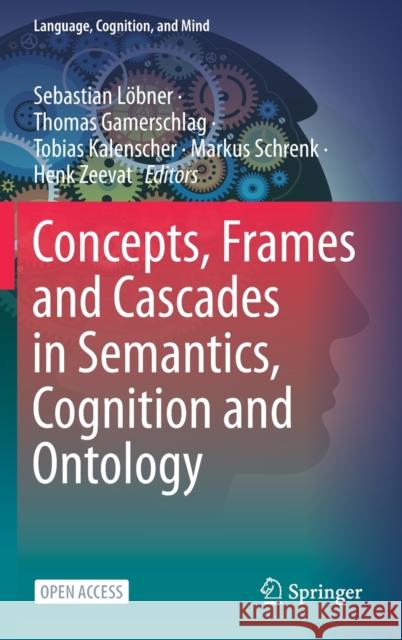Concepts, Frames and Cascades in Semantics, Cognition and Ontology » książka
topmenu
Concepts, Frames and Cascades in Semantics, Cognition and Ontology
ISBN-13: 9783030501990 / Angielski / Twarda / 2021 / 486 str.
Kategorie:
Kategorie BISAC:
Wydawca:
Springer
Seria wydawnicza:
Język:
Angielski
ISBN-13:
9783030501990
Rok wydania:
2021
Wydanie:
2021
Numer serii:
000777778
Ilość stron:
486
Waga:
0.86 kg
Wymiary:
23.39 x 15.6 x 2.69
Oprawa:
Twarda
Wolumenów:
01
Dodatkowe informacje:
Wydanie ilustrowane











